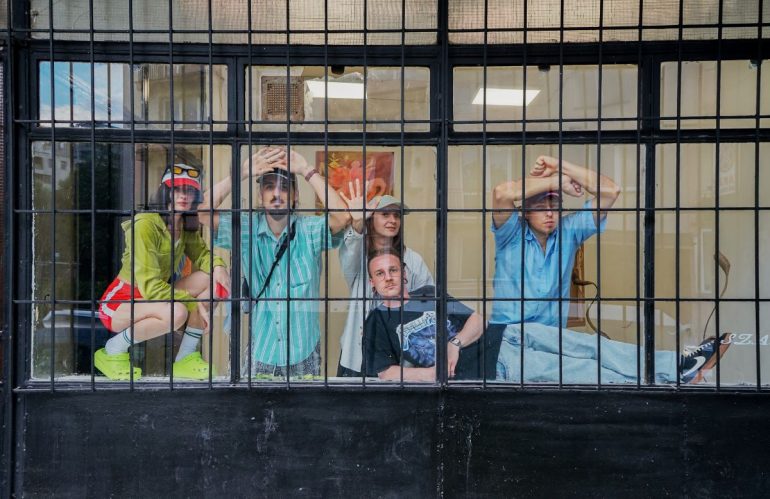The Brno-sever city district is taking steps to foster collaboration between international artists and the local community. The TIC artist-in-residence project offers foreign artists the opportunity to create, reflect and interact with the local environment during a stay in a residential apartment at Hvězdová 6. The project was financially supported with a grant from the National Renewal Plan (NPO).
The city district, along with TIC BRNO and the non-profit company Tripitaka z.s., which manages Kaznice, are participating in the project. The residency will provide foreign artists not only with space to create, but also an opportunity for cultural networking with local curators, dramaturgs, artists and cultural organisers in Brno.
“This project is an important step towards Brno gaining an international reputation as a cultural centre and a place that supports creativity and artistic exchange,” said Jana Janulíková, director of TIC BRNO. “We hope that the artists who will take part in it will be inspired by the local environment, bring a new perspective to the city and enrich the cultural life of Brno.”
The residency is open to visual artists whose work overlaps with other fields, such as moving image, performance, literature or audio. It promotes the diversity and inclusion of artists from different cultural and geographical backgrounds. During the 2-3 week stay, the residents have a space to create and present their work, and at the same time establish new contacts with local communities and art institutions.
The first public output of the residency will be an exhibition by the Polish art collective Szaber at the Faktor K festival, which will take place in Káznice. Their ‘Gryps’ exhibition is inspired by the history of the Káznice building, its atmosphere, and the environment around Cejl. Gryps is Polish for “message”, which in prison parlance refers to a message transmitted through an illegal route. The exhibition opened yesterday, 2 October.
“The residence is a great opportunity for the Brno-sever district to join the international artistic network and support creativity, not only at the local level,” said Martin Glogar, deputy mayor of the Brno-sever district. ”Joint projects like this give space to new ideas and can be beneficial both for local residents and for the city as a whole.”
After the Szaber collective, artists Dominika Sobolewska and Michalina Kostecka from Wroclaw will become residents, followed by Hungarian artist Imreh Sándor. Each of these creators will bring their specific artistic focus and perspective to Brno, enriching the city’s cultural scene. In the future, another residence is being considered for architects, designers, sociologists or urban planners who will work with the local environment, or propose methods of solving location-specific problems.






